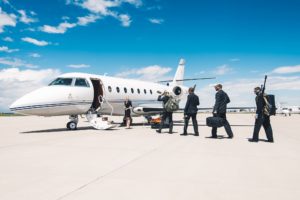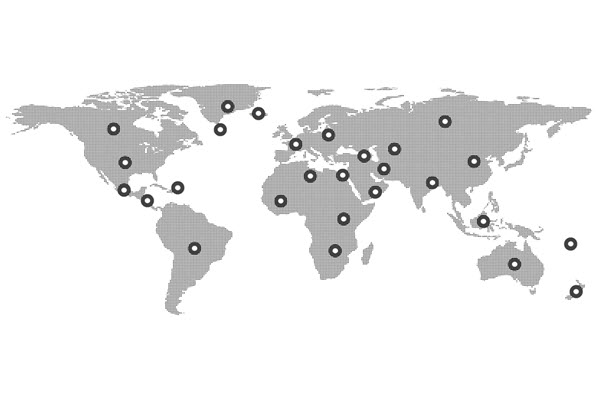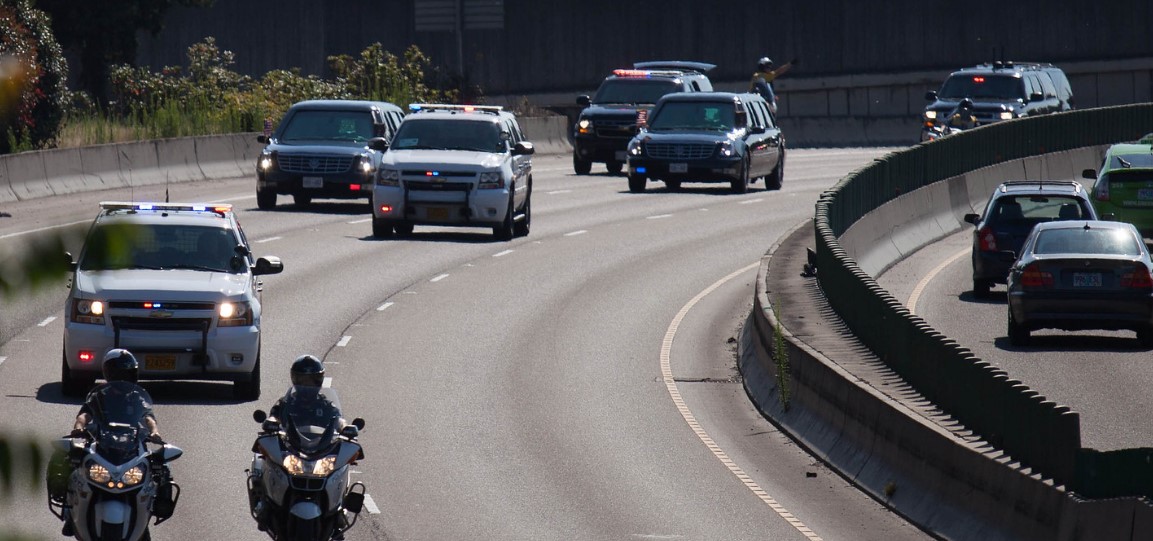Anytime you have senior government officials, dignitaries, foreign leaders, or any other high-profile VIP visiting a country, they require diplomatic protocol. This usually involves allocating them a motorcade complete with an executive security driver.
A private security convoy is more than just a group of black heavily tinted cars driving in synchrony. It is an intricate and well-choreographed dance that protects the high-profile individual and their entourage.
What exactly is a security convoy, and how does it work? What are the drivers’ duties? Here’s everything you need to know.
What Is a Motorcade – An Overview
A motorcade is a procession of multiple vehicles that transport and protect a high-profile VIP. They move fast and don’t stop anywhere along their route. While a presidential motorcade may have anywhere between 40 and 50 vehicles, a non-presidential procession that doesn’t form part of a military convoy should have four to eight cars.
Its specific structure reflects the nature of the escort, as well as its unique requirements. Any non-essential vehicle should be excluded. Where possible, all vehicles should conform to the same performance standards. Depending on where they’re driving and the nature of the potential threats, all aspects of the vehicles, including the doors, door panels, windows, and undercarriage, should be ballistically-protected.
The engines of all motorcade vehicles should be kept running until the VIP is securely inside the venue once they drop off. They also need to be started plenty of time ahead of the VIP’s return to allow the engines to reach their optimal working temperature.
Primary Motorcade Composition and Driver Role
Below are the various types of vehicles used in a motorcade and the respective duties of the personal security driver assigned to them.
Point Car
The point car driver’s role is to ensure that the route selected remains clear of any obstruction. It drives at a distance ahead of the main convoy so that if a specific route is no longer suitable, the vehicle can switch to an alternative route without having to slow down or stop. In case of any obstruction, the driver has to notify the convoy commander, who would then relay the new set of instructions to the lead car driver by radio.
Lead Car
The lead car driver’s role is to maintain the convoy’s speed and position while in transit and follow the instructions relayed to them by the convoy commander.
They need to watch and assess the situation ahead and judge the speed and distance they should drive while maintaining a sterile (clear) area around the motorcade for all the vehicles to move as one. They also need to be tactically alert to any vehicles that may attempt to interfere with the procession’s integrity.
Principal Vehicle
This is the vehicle that’s used to ferry the protectee. The protectee driver is required to follow the instructions of the lead car, maintain an appropriate speed and distance, and ensure the area around the convoy remains sterile.
The private security driver assigned to this vehicle needs to have the highest level of defensive driving skills in the event of an incident. They also need to provide the smoothest ride possible for the VIP riding in the car with them.
There’s also an armed security driver who travels in the principal vehicle alongside the car’s other occupants. Their role is to provide cover to the protectee, prepare for the use of firearms if required, and transfer the principal to an alternate vehicle if the one they’re in becomes immobilized.
Protection Escort Team (PET) Car
The last piece of the puzzle in the primary convoy is the protection escort car used to ferry the team of protection officers.
The driver has to be able to drive defensively and respond abruptly using blocking tactics if necessary, to prevent any vehicle coming from behind from intercepting the motorcade. The principal vehicle has to be within the visual range of the protection escort car at all times.
Support Motorcade Composition and Driver Role
In addition to the primary motorcade, the following vehicles may also be deployed to provide support. They don’t necessarily have to be attached to the speed or route of the primary convoy.
Pilot Vehicle
For a security convoy driving through unfamiliar territory, the motorcade services company may provide a pilot car once an appropriate threat assessment has been conducted. The driver of this vehicle serves to enhance communication within the region, as well as provide detailed working information on the optimal routes to use and the area conditions.
Rear Vehicle
A rear vehicle is provided in ultra-high-profile security convoy operations. The rear vehicle driver’s role is to maintain a sterile region to the back of the convoy to prevent other vehicles from encroaching in that direction. If any vehicle attempts to, the driver needs to alert the PET vehicle of the potential threat.
Counter Assault Team (CAT) Vehicle
High threat escorts usually have a CAT vehicle in the procession as well. It is deployed to counter an active attack on the convoy, to either cover the protectee as they withdraw, or to oppose the threat entirely. The number of CAT vehicles deployed depends on the severity of the risk the protectee faces.
Sweep Vehicle
Although the sweep car forms part of the overall convoy, it operates as a detached unit. It shadows the main convoy from a distance and isn’t likely to get immediately caught up in an active attack on the procession.
The sweep car driver’s role is to coordinate and communicate external assistance to the main convoy in case of an ambush. The protection officers serve to provide contingent and tactical support. The sweep car also provides an immediate replacement if one of the vehicles in the convoy breaks down.
Defensive Driving at Its Best
All motorcade or security drivers complete a specialized course on protective driving. They are masters at what they do and are well-versed in a wide range of tactics designed to keep the protectee safe. The VIP also gets a mandatory briefing on what to do if things go awry in a security incident.
If you need an armed or unarmed driver with specialized tactical training and in-depth knowledge of the local routes, get in touch with us today for more information on what our team can do for you.



Leave a Reply
You must be logged in to post a comment.